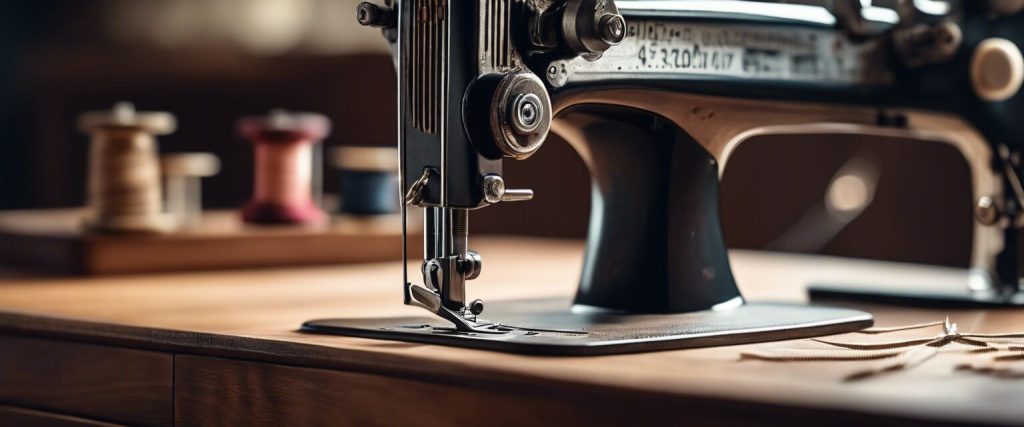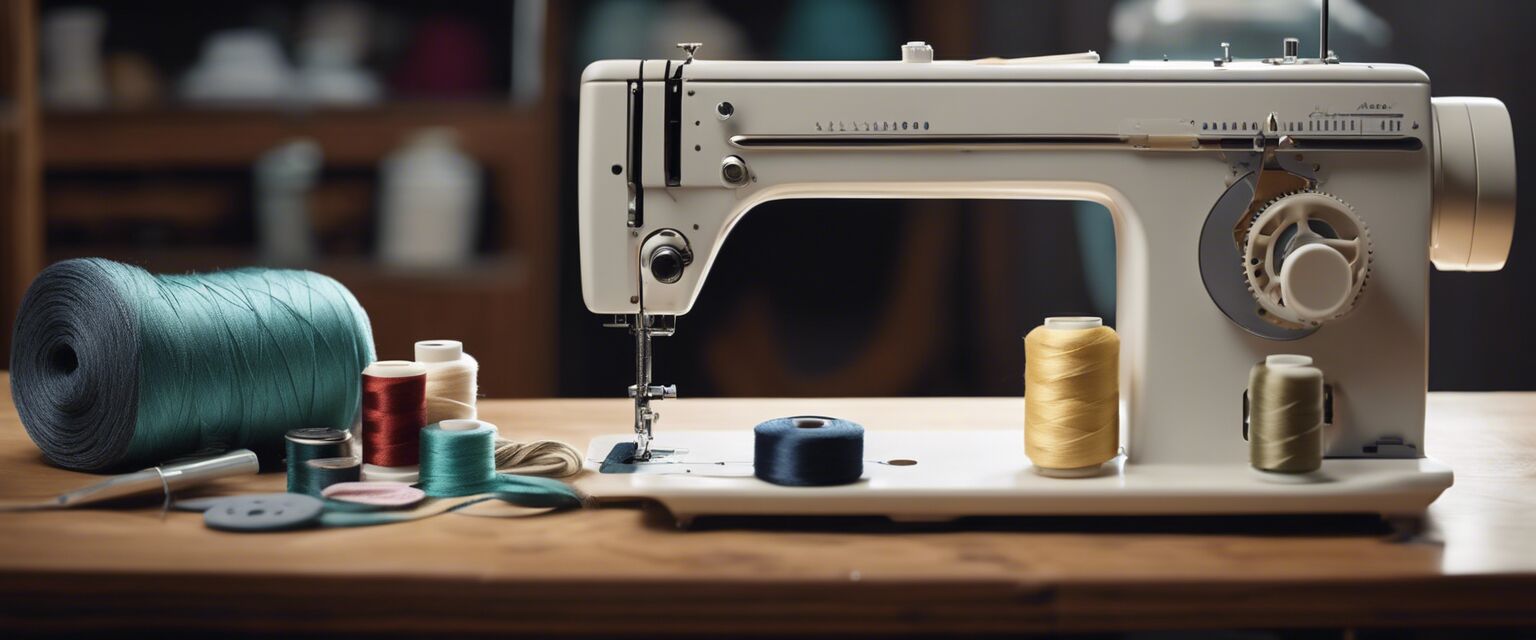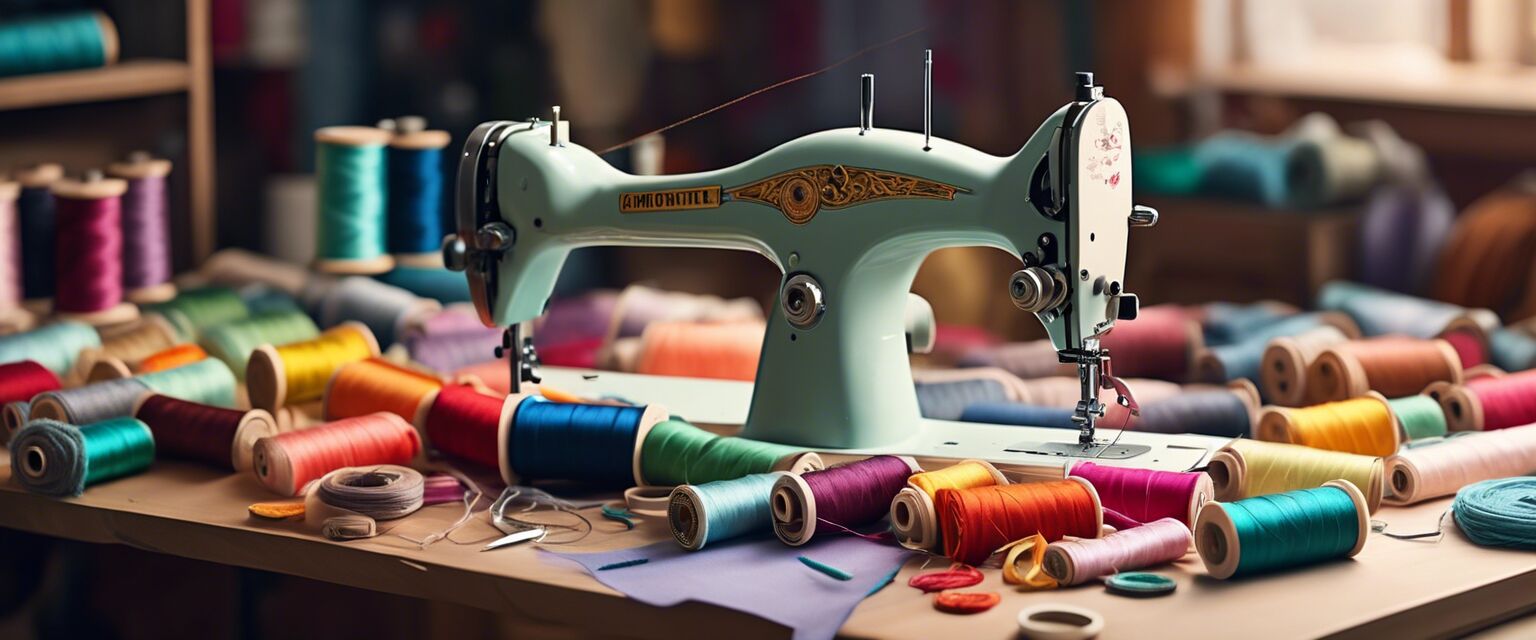
Sewing Machine Maintenance Tips
Are you tired of dealing with jammed threads, broken needles, and frustrated sewing sessions? Proper maintenance is key to extending the life of your sewing machine and ensuring smooth, trouble-free sewing. In this article, we’ll share detailed tips and tricks for maintaining and troubleshooting your sewing machine
Table of Contents
ToggleKey Takeaways
- Regular cleaning and lubrication are essential for machine longevity
- Proper threading and tensioning can prevent common issues
- Store your machine properly to prevent damage and dust buildup
- Troubleshoot common problems with our step-by-step guide
- Join a community of DIY enthusiasts and share your creations.
Are you looking for ways to express your creativity through sewing? DIY sewing projects are a fantastic way to explore your skills and create something unique. Whether you’re a beginner or an experienced sewist, these projects will offer something for everyone. In this article, we will cover a variety of sewing projects with detailed step-by-step instructions to get you started.
Why Maintenance Matters
A well-maintained sewing machine is not only more efficient but also safer to use. Neglecting regular maintenance can lead to mechanical failures, damage to your fabric, and even injuries. By following our tips, you’ll be able to:
- Reduce the risk of mechanical failures
- Improve stitch quality and consistency
- Extend the life of your sewing machine
- Save time and frustration
Cleaning and Lubrication
Reusable shopping bags are not only eco-friendly, but they are also easy to make. Hereâs how you can create your own:
Regular cleaning and lubrication are crucial for maintaining your sewing machine. Here’s a step-by-step guide:
| Step | Action | Frequency |
|---|---|---|
| 1 | Remove any visible debris or dust | Daily |
| 2 | Use a soft brush to clean the machine’s exterior | Weekly |
| 3 | Use a lint-free cloth to clean the machine’s interior | Monthly |
| 4 | Apply a few drops of lubricant to the machine’s moving parts | Every 3-6 months |
Threading and Tensioning
Proper threading and tensioning can prevent common issues like thread breakage and uneven stitches. Here are some tips:
- Always refer to your machine’s user manual for specific threading instructions
- Use high-quality threads and needles designed for your machine
- Adjust the tension according to the type of fabric you’re using
- Use a thread conditioner to reduce tangles and knots

Storage and Transportation
Proper storage and transportation can prevent damage to your machine and keep it dust-free. Here are some tips:
- Store your machine in a dry, cool place away from direct sunlight
- Use a protective cover or case to prevent scratches and dust buildup
- Avoid exposing your machine to extreme temperatures or humidity
- Transport your machine in a sturdy, padded case
Troubleshooting Common Issues
Even with proper maintenance, issues can still arise. Here’s a step-by-step guide to troubleshooting common problems:
| Issue | Solution |
|---|---|
| Thread breakage | Check thread quality, tension, and threading mechanism |
| Uneven stitches | Adjust tension, check needle condition, and ensure proper threading |
| Jammed machine | Remove any debris, check for loose screws, and consult user manual |
| No power | Check power cord, outlet, and machine’s electrical components |

Conclusion
By following these maintenance tips and troubleshooting guide, you’ll be able to keep your sewing machine in top condition and enjoy smooth, trouble-free sewing. Remember to always refer to your machine’s user manual for specific guidance and to explore our other resources on sewing accessories, sewing furniture, and sewing machines.

Explore More

Sewing Patterns and Templates

Best Sewing Machines for Quilting

Sewing Machine Accessories Guide

Best Sewing Machines for Beginners

